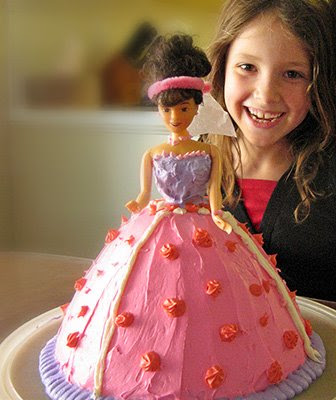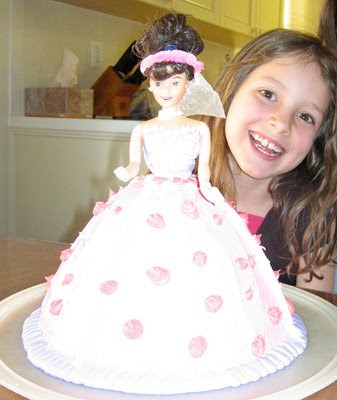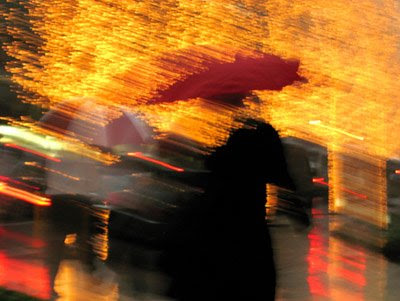
One of the biggest shifts I encourage my students is to make in their growth as photographers is to take control of the camera functions. In the early stages of shooting, many people rely on the camera's automatic exposure controls capability. They set the camera on Program mode, and shoot away.
One of the first steps in taking creative control in evolving your vision is deciding what the viewer's eye will focus on. Depth of field is one of the tools in accomplishing that. Simply put, depth of field is the distance in front of, and behind the point your focus on that is in focus. A photograph shot at a wide open aperture like f2.8 will have less depth of field than an image shot at a small aperture like f16.
In this example, my interest is in having the viewer look at the texture of the wooden buggy at a historical site. In the image above, the aperture is set at f2.8, so the focus is quite shallow. The background is blurred and the eye focuses on the corner near the wagon wheel. But in the image below, notice that using a small aperture of f16 allows the rocks and winter grass in the background to compete with the main subject because they are much sharper.

So my recommendation is that when you are making an image, think about what you want the viewer to see, and use depth of field as an ally to accomplish that.




